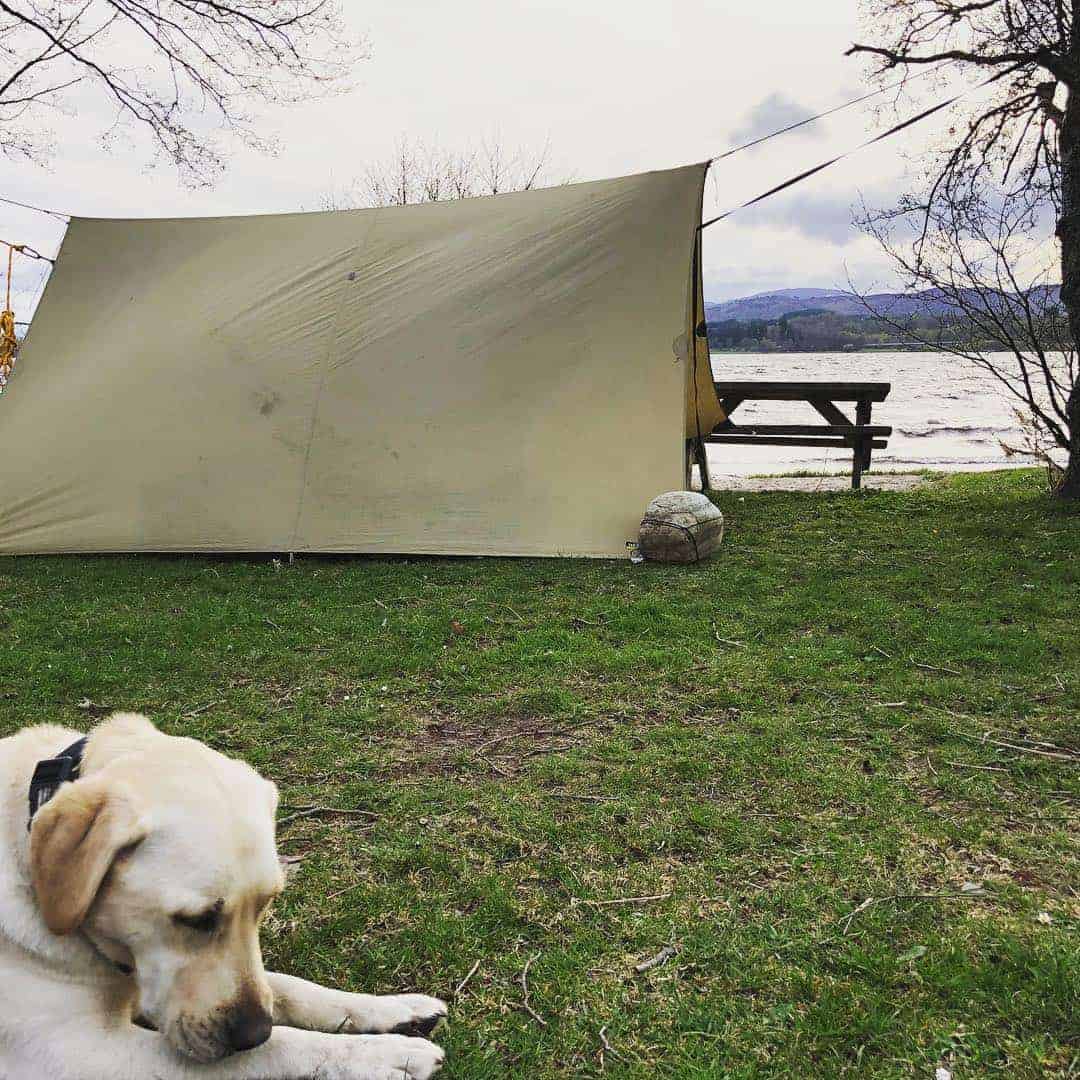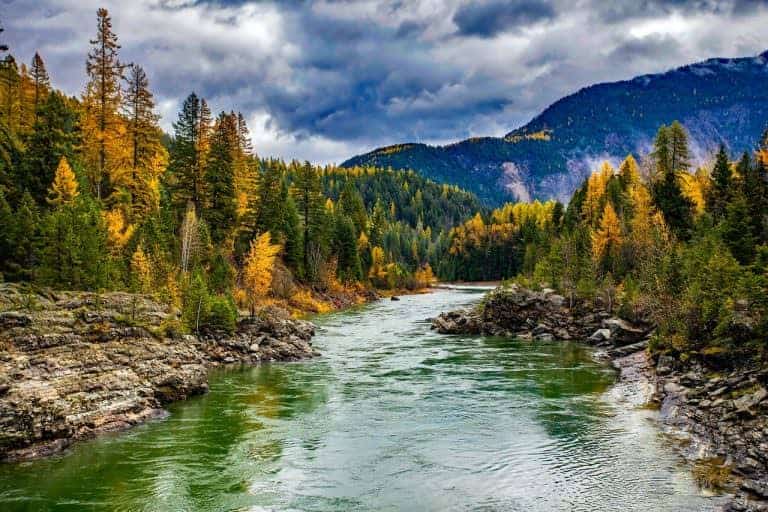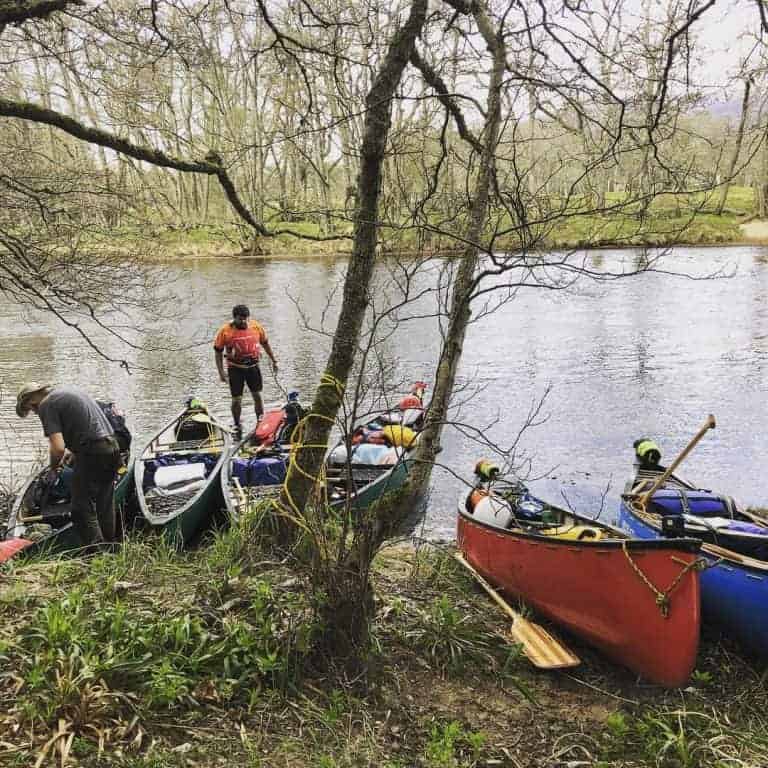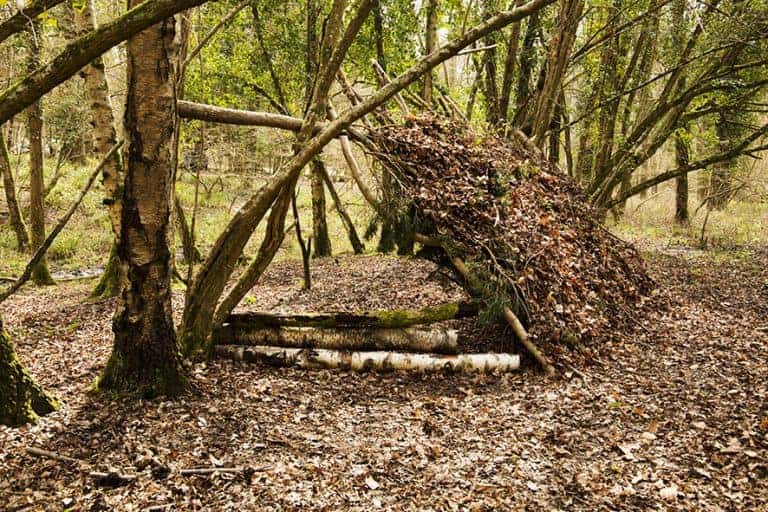Tarps – 5 Top Tips For A Good Tarp Set Up
A tarp is one of the handiest pieces of kit when sleeping out in nature. Whether you are hiking, cycling or generally exploring and looking for a wild camping spot, a tarp will give you a waterproof comfortable shelter for the night.
Why choose a tarp rather than a tent?
Firstly, they are lightweight and small to carry, this will minimise the weight on your back and the valuable space in your bag. There is no excess packaging, no inner and outer layer to wrestle with. It’s just a simple, minimalistic, user-friendly shelter. Perfect.
To ensure a comfy night’s rest don’t just throw your tarp up anywhere, there are a few considerations to be made:
Your kit;
Check your kit before you go, it would certainly make your trip less enjoyable to discover you have a big hole in your tarp or haven’t bought any paracord with you for your tarp guy lines. Likewise, with your sleeping system, check the zips on your sleeping bag as these can perish over time and it’s best to find that out in the warmth of your home rather than the cold wet moorland after a long hike.
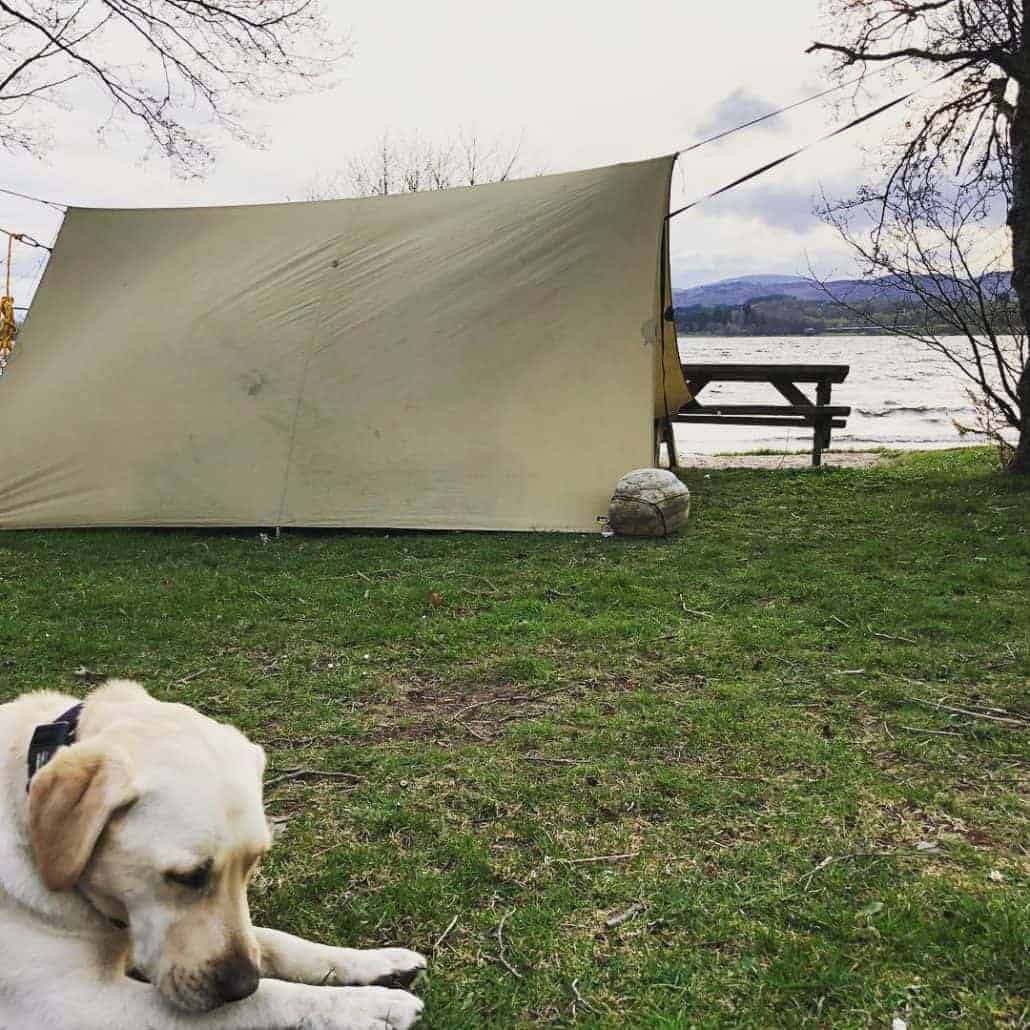
Tarp Configuration;
The tarp configuration is usually a combination of personal choice combined with the environment you are sleeping in. It’s a good idea to familiarise yourself with a few different set-ups before you go on your trip and often handy to have some notes to remind you, especially if you are still new to using a tarp. You may plan to use a certain configuration but arrive at your spot for the night to discover it wouldn’t be appropriate for that environment.
We all have our favourite set-ups but these are usually discovered through trial and error, so make changes, play around with your set up, find what works best for you. You’ll then find that you want or need to make changes in certain weather conditions too and if you’ve experimented with different set-ups and made alterations then you’ll be more adaptable and able to keep yourself warm and dry under your tarp.
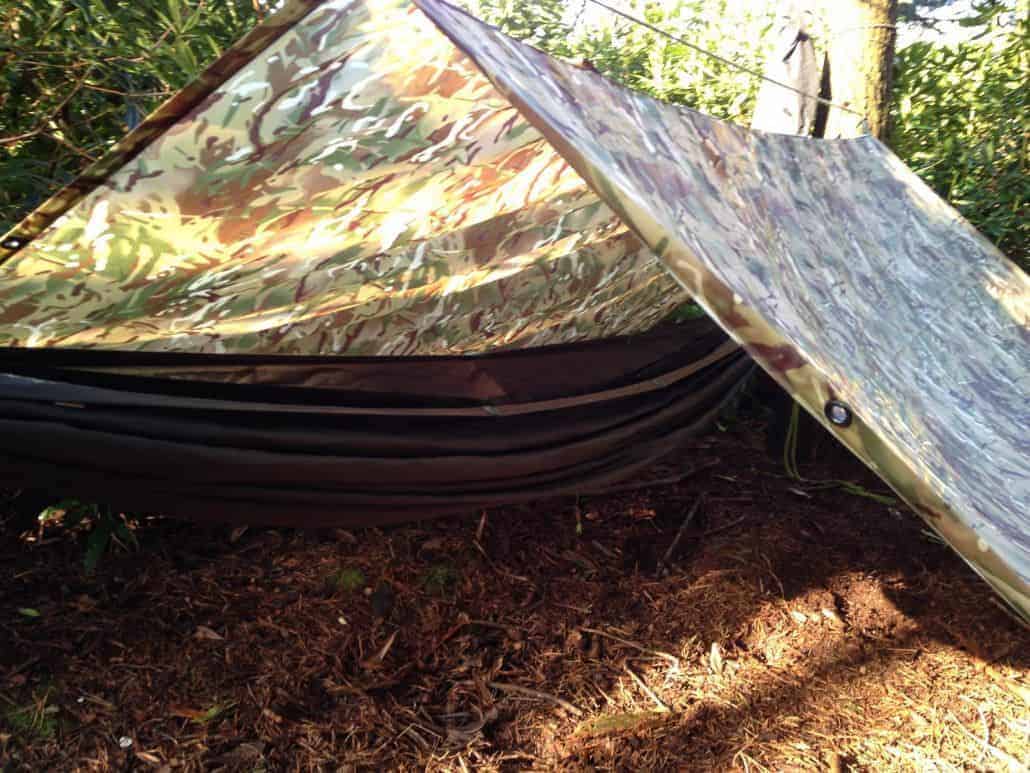
Check the ground;
Avoid marshy areas, no one likes a soggy sleeping bag. Check the vegetation around you, this will give you clues. If bog-loving plants are growing in the area this is a sure sign that the ground beneath your feet is soggier than it looks and is likely to make your tarp set up more unstable. Just because it’s not squelching beneath your boots doesn’t mean it won’t soak up through your kit if it isn’t properly waterproofed.
Pitches close to water also need to be considered carefully too, especially if it’s next to a river. You need to ensure your spot is not at risk of flash floods because as the name suggests, they happen in a flash and you really don’t get a warning that they are about to rush through your camp. This puts you in a dangerous situation.
Being near water increases your chance of having unwelcome guests, midges! Anyone who has wild camped in Scotland will know that these guys can be more than just a nuisance, and it’s amazing how big they can so think carefully about your location before inviting these little critters as dinner guests.
Environmental features;
Don’t tie yourself in knots and make life too difficult for yourself, take advantage of environmental features around you. If there are trees of an appropriate distance apart then use these rather than faffing with poles and extra lines. Or if there is a bank or large boulder that naturally provides shelter then why not incorporate this in to your tarp set up for more stability and extra shelter.
Direction of your tarp;
Consider the direction of your tarp, even if it isn’t windy when you are pitching it, that doesn’t mean that the weather won’t change through the night, you don’t want to be sleeping in a wind tunnel. Set up as if the weather is actually bad now, pitch as if the wind is strong with extra securing measures, this way if the wind does pick up in the night you won’t have to scrabble about in the dark when you are half asleep trying to prevent your tarp from turning into a parachute. Look around you for natural indicators to determine the prevailing wind direction, the trees are a good indicator for this, if the treetops are windswept and growing in a definite direction then this will tell you there is often a strong wind passing through that area so direct your tarp accordingly.
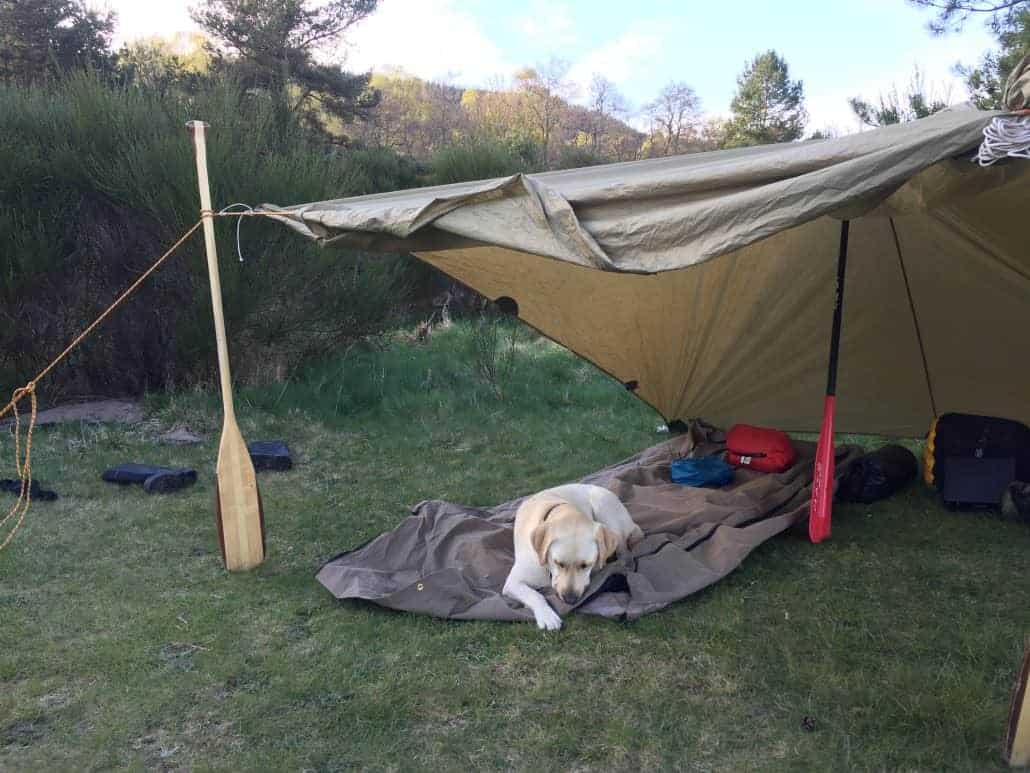
Have fun
The most important thing though is to have fun. Packing lightly with just your kit and tarp can allow you to explore off the beaten track and discover areas you wouldn’t usually find. Obviously, follow the rules of wild camping and make sure you have the land owner’s permission to be there if on private land. So what are you waiting for, pack your kit and get out there to explore, discover and have fun.
Re-cap
- Check your kit is in working order
- There are many different Tarp configurations, find which works best for you
- Check the ground is OK to pitch on to avoid a soggy night’s sleep
- Where appropriate use environmental features to help your set up
- Get your tarp direction right to avoid sleeping in a wind tunnel
LEARN MORE ABOUT SLEEPING AND EATING OUTDOORS ON OUR ONE-DAY COURSE
CLICK HERE TO LEARN MORE

